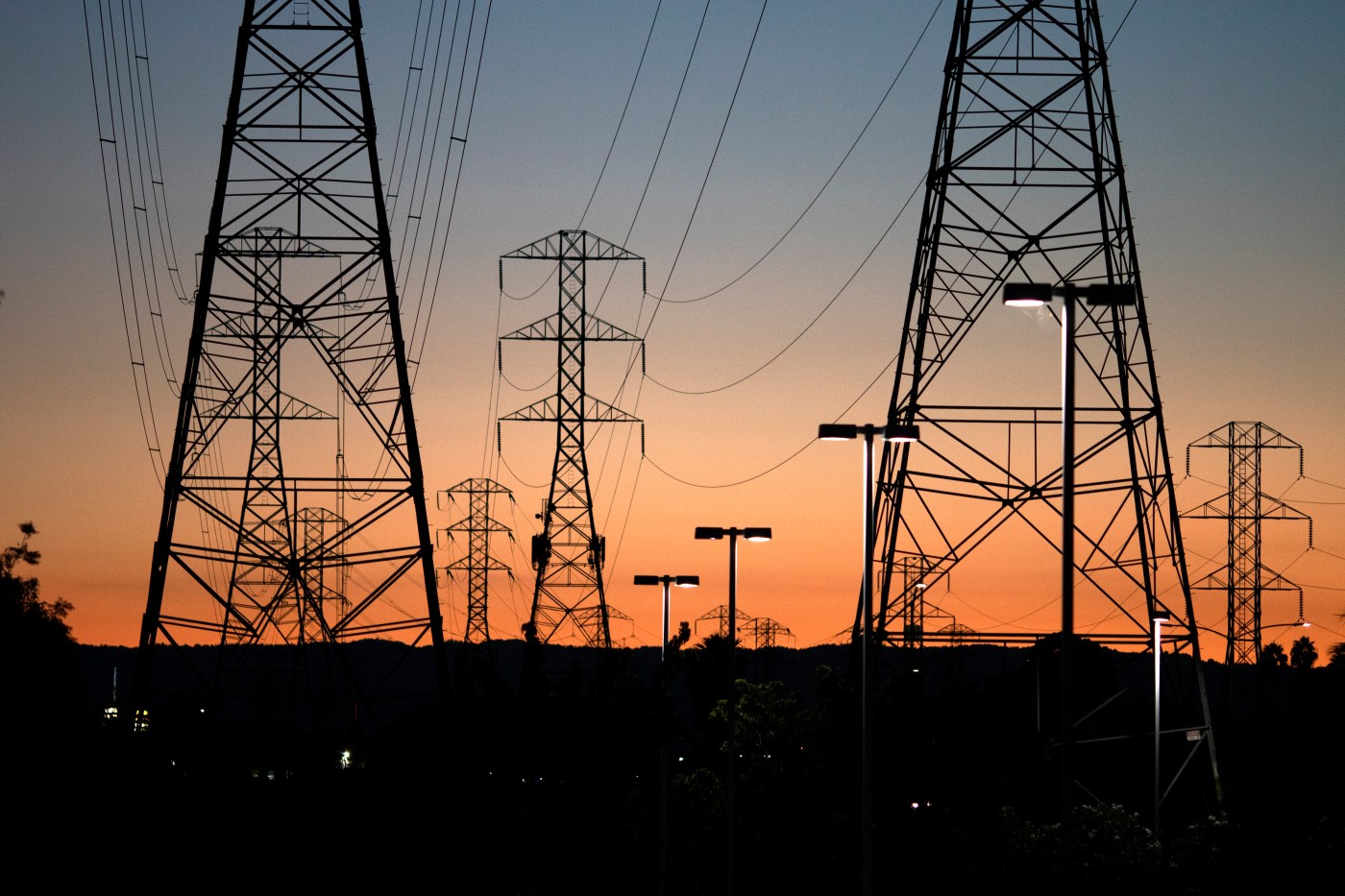
Governor hopes order curbs soaring bills from PG&E, other utilities
OAKLAND — Gov. Gavin Newsom has issued an executive order that he hopes will curb skyrocketing electricity bills paid by customers of PG&E and other California utility behemoths.
It’s unclear if the executive order the governor trumpeted on Thursday will have any effect.
The order, however, comes at a time when PG&E bills have zoomed higher at a pace that’s eight times faster than the Bay Area inflation rate.
“We’re taking action to address rising electricity costs and save consumers money on their bills,” Gov. Newsom said in a statement released along with the executive order.
The order attempts to achieve several goals:
— Encourage electric bill relief.
— Maximize the California Climate Credit.
— Manage and reduce electric costs for the long term.
— Pursue smarter wildfire mitigation investments.
“California is proving that we can address affordability concerns,” Gov. Newsom stated.
But has California proved that is the case?
In 2023, PG&E’s monthly bills for residential customers soared 22.3%. Over the same 12 months, the Bay Area inflation rate rose 2.6%.
Put another way, PG&E bills for combined electricity and gas services jumped eight times faster than the overall rise in Bay Area consumer prices.
Even worse, PG&E customers could pay more due to plans to keep operating the aging Diablo Canyon nuclear power plant’s two reactors long-term as California scrambles to meet anticipated demand for electricity.
PG&E anticipates that monthly electricity bills will increase by an average of $3.44 for the typical residential customer who uses 500 kilowatt-hours of electricity every 30 days, according to a PG&E filing with the state PUC.
The proposed monthly electricity bill of $215.89 in 2026 would represent an increase of 1.6% from the monthly bill of $212.45 that went into effect on Oct. 1, just a few weeks ago, the regulatory filing states.
“PG&E is committed to stabilizing customers’ bills,” said PG&E spokesperson Lynsey Paulo. “We are acting to reduce our operating costs, lower our financing costs by applying for federal grants and loans and delivering near-term bill relief for our customers.”
The utility titan said it has achieved long-term savings by shifting its headquarters to downtown Oakland and its sale of, and exit from, a headquarters complex in San Francisco PG&E had occupied for decades.
Despite headwinds posed by the reality of fast-rising bills, Gov. Newsom’s order requests an array of actions from multiple California entities, including the state Public Utilities Commission.
“Gov. Newsom’s executive order is an important first step to solving the affordability crisis facing California families, small businesses, steel and glass makers, manufacturers, and agriculture producers,” said Mark Toney, executive director of The Utility Reform Network, or TURN, a consumer group.
The governor’s order requests the state PUC to identify underperforming programs and return unused funds to customers through bill credits. It appears these might be more one-time credits rather than vehicles to lower utility costs over the long term.
Newsom requested the state Air Resources Board to team up with the PUC to find ways to maximize the California Climate Credit. This credit at present reduces PG&E bills and other utility bills two months out of 12.
The executive order asks the state PUC to evaluate programs supported by electricty customers, examine the cost of regulation and recommend other ways to save money. The governor also wants the state Energy Commission to evaluate programs funded by electricity customers.
Newsom requested the state Office of Energy Infrastructure Safety and the state PUC to evaluate utility wildfire safety oversight practices and ensure that utilities pursue cost-effective wildfire mitigation.
Both PG&E and TURN said they looked forward to cooperating with the governor’s office to help tackle the utility bill woes that confront millions of California electricity and gas customers.
One consumer group suggested the governor’s approach fails to tackle the real problems with fast-rising electricity bills.
“Ensuring utilities don’t overspend on wildfire mitigation is a good step, but way more needs to be done to rein in these companies’ profligate ways,” said Jenn Engstrom, state director of CALPIRG, a consumer group.
Engstrom said the governor’s approach might turn out to be ineffective because it doesn’t combat the true cause of the brutal increases in electric and gas bills in the Bay Area and California.
Plus, it’s unclear how effective a player the PUC will be. For over a decade, critics have lambasted the powerful state agency for its lazy oversight of PG&E and other utility titans such as Southern California Edison and San Diego Gas & Electric.
“The governor’s executive order does little to hold utilities accountable for wasting ratepayers’ money,” Engstrom said.


